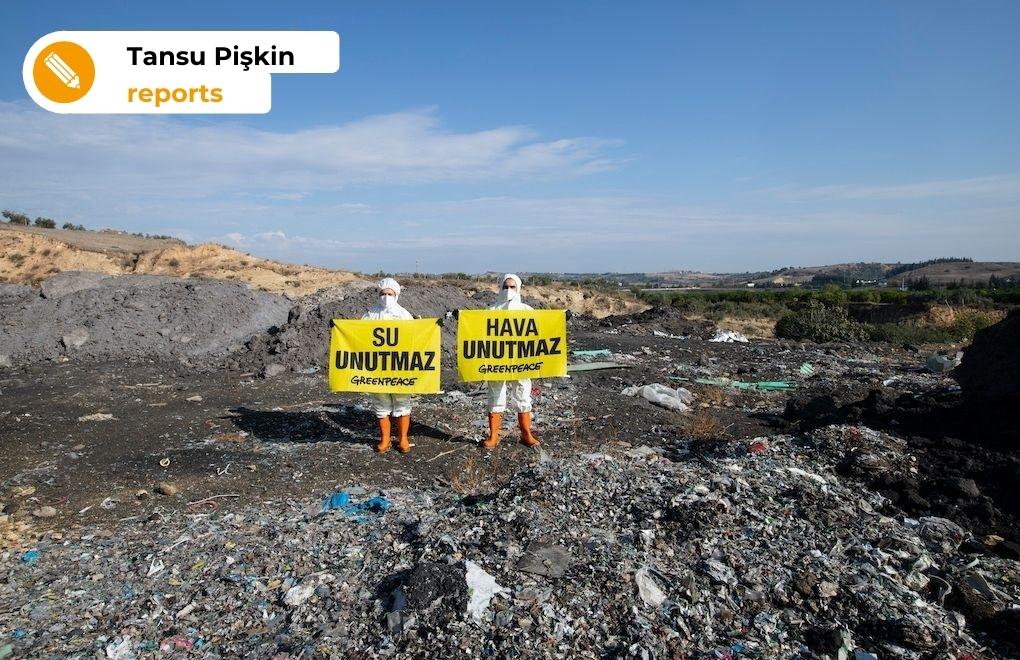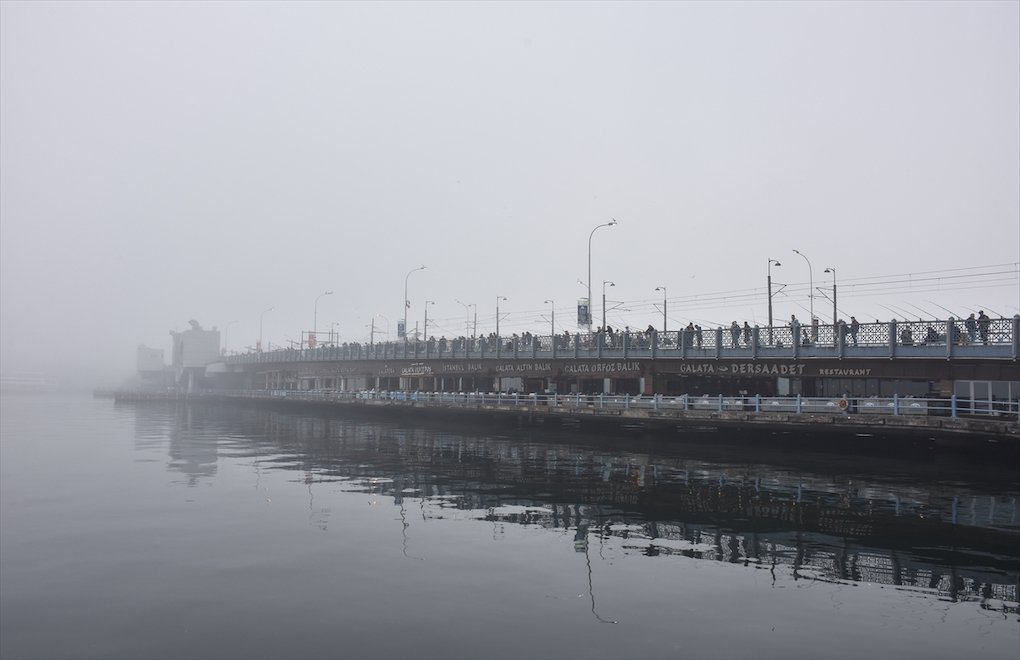Click to read the article in Turkish
İstanbul has been severely affected by heavy snowfall and blizzards since January 22, 2022. Especially for the past two days, several vehicles and people have been stranded, flights have been canceled and the routes to the city from Thrace and Anatolia have been closed.
While the İstanbul Atatürk Airport on the European side and the Sabiha Gökçen Airport on the Asian side were mostly open to air traffic except for a few minor problems, the İstanbul Airport, the 3rd airport recently constructed in the city and one of the mega projects of the government, was one of the places most severely affected by the snowfall and blizzards.
As a matter of act, setting out for İstanbul upon the order of President and ruling Justice and Development Party (AKP) Chair Recep Tayyip Erdoğan earlier yesterday (January 25), Minister of Interior Süleyman Soylu and Minister of Transport and Infrastructure Adil Karaismailoğlu could land in the Atatürk Airport, which no longer receives scheduled flights.
As for the passengers at the 3rd İstanbul Airport, they were first stuck in planes for hours. After they were barely taken to the airport, the passengers waiting in the terminal were distributed cardboards to sleep on at night. They protested by chanting the slogan, "We need a hotel".
CLICK - 'We need hotel': Tourists protest as many stranded in İstanbul Airport after blizzards
But why was the 3rd İstanbul Airport affected by the snowfall to such an extent while it was not the case for the Atatürk Airport, which was faced with the same adverse weather conditions? The answer to this question goes as far back as the planning process of the 3rd Airport.
Since the onset of the project, city, nature and life defenders have been saying that no sound meteorological assessments were undertaken and the site selection was definitely wrong; but the airport has been ultimately constructed and opened to domestic and international flights.
However, yesterday, when the city was hit by heavy snowfall and blizzards, flights were canceled at the 3rd İstanbul Airport, the roof of its cargo terminal collapsed, passengers were stranded and ministers could land in the Atatürk Airport, which was safe to use for travel...
'It has been faulty since its planning'
Esin Köymen, the İstanbul Büyükkent Branch Chair of the Union of Chambers of Turkish Engineers and Architects (TMMOB) Chamber of Architects has spoken to bianet about the issue, listing the deficiencies of the 3rd İstanbul Airport since its planning process.
According to Köymen, in the projects that started with the 3rd Bosphorus Bridge and the Northern Marmara Highway and continued with the Canal İstanbul, the main problem with the 3rd Airport was that "no sound assessments were made as to the meteorological data and the airport is constructed in a site open to the north winds coming from the Black Sea."
Köymen has underlined that these facts were "ignored" while constructing the İstanbul Airport, stressing that "it was apparent at the very beginning that there might be problems with take-off and landing."
"In the plan, they said that they undertook meteorological studies, but the stations that they received data from were not close enough to the airport to provide data," Köymen has indicated, adding that "for this reason, they did not include any findings that north winds would very seriously affect the airport and cause problems during takeoff and landing."
She has stressed: "Secondly, it was inside the Northern Forests; so, it was an airport destroying forest lands and drainage basins. In addition to destroying the entire ecological balance in the region, it has emerged as a construction which was unplanned from the beginning considering that excavation waste sites and fill areas were constructed very quickly."
Referring to the rapid construction process of the 3rd Airport, Köymen has further noted that "the technical specifications were not observed, work safety measures were not properly taken and no technical inspections were undertaken during the construction process."
'Not-so-heavy snowfall turned into a disaster'
According to Esin Köymen, "considering that the 3rd İstanbul Airport's construction began with a wrong site selection, continued with a process without measures or any heed to scientific studies and was finalized without any inspections again, even a partial snowfall that was not a very severe meteorological situation turned out to be a disaster at the 3rd Airport."
"In fact, the Atatürk Airport received the same snowfall. But ministers could land there. Because it was right in terms of site selection and the project was constructed by a sound consideration of the climatic data," Köymen has said, adding: "We can see it from this very simple example why the Atatürk Airport should not be closed and should be opened to flights."
What happened?
The then Prime Minister and ruling AKP Chair Recep Tayyip Erdoğan unveiled his "New İstanbul" dream in 2011. While the airport was planned to be constructed in Silivri district according to the "İstanbul Environmental Plan" in 2009, the site where the airport would be constructed was moved to the Northern Forests, the lungs of İstanbul as they were commonly known.
The process moved as it was the case with the other "mega projects". While the plans targeted "public good", no one knew what would be constructed in what place or no one could have a say even if they knew it as the tender was held before the plans were drawn up.
Projects were implemented step by step for "a new city". The construction of the 3rd Bosphorus Bridge was completed; the 3rd İstanbul Airport was opened in October 2018; the Northern Marmara Highway has been partly open and the Canal İstanbul process is still underway.
Why did site selection matter?
The runways of the airport were constructed near the Black Sea coast, one of the foggiest places in the world. Moreover, the area is exposed to the south wind (Lodos) and north wind (Poyraz), two main winds, from the two sides, which emerges as a serious risk in terms of flight safety.
According to a TMMOB report, a plane is supposed to receive winds from the front and it will be dangerous if it receives winds from the back or from the sides. The report recalled that the Technical Unit of the Turkish Aeronautical Association (THK) did not approve the project due to the winds. But, in spite of this, the data received from the Kumköy, Florya and Göztepe Meteorology stations, located far away from the selected site, was used in undertaking the meteorological assessment, which led to unrealistic results.
The ground was also problematic due to its loose structure and experts found it "impossible" that such a huge fill site could become stable.
What consequences are faced by nature?
The İstanbul Airport is located on the migratory routes of birds, placing birds under the pressure of hundreds of planes and vehicle traffic. According to a report of the İstanbul Grand Airport (İGA), which undertook the project, long-term monitoring efforts had been underway since 2014 and they showed that "there were migratory and domestic birds that could threaten flight safety during migratory periods and throughout the year."
With the launch of the project, the last remaining natural areas in İstanbul's north were damaged. Millions of trees have been cut down for this airport which has been constructed on a 7,650-square meter area.
Moreover, the excavation waste has been dumped in the sea and the ecological structure of the region has been destroyed. Animals had to escape from the construction inside the forest and, with their nests destroyed, they had to come to the highways in the vicinity.
The wetland areas in the region, especially Lake Terkos, have been severely damaged. While green spaces have significantly diminished as a result of integrated bridge and highway projects, electromagnetic pollution and air pollution have become much more visible.
The Northern Forests Defense has announced that 13 million trees have been cut down for the construction of the 3rd İstanbul Airport. (TP/SD)






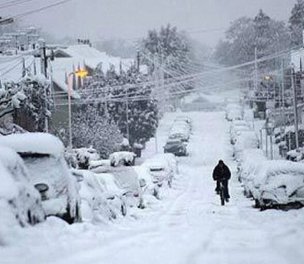
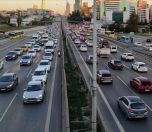



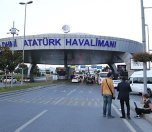
.jpg)
.jpg)
